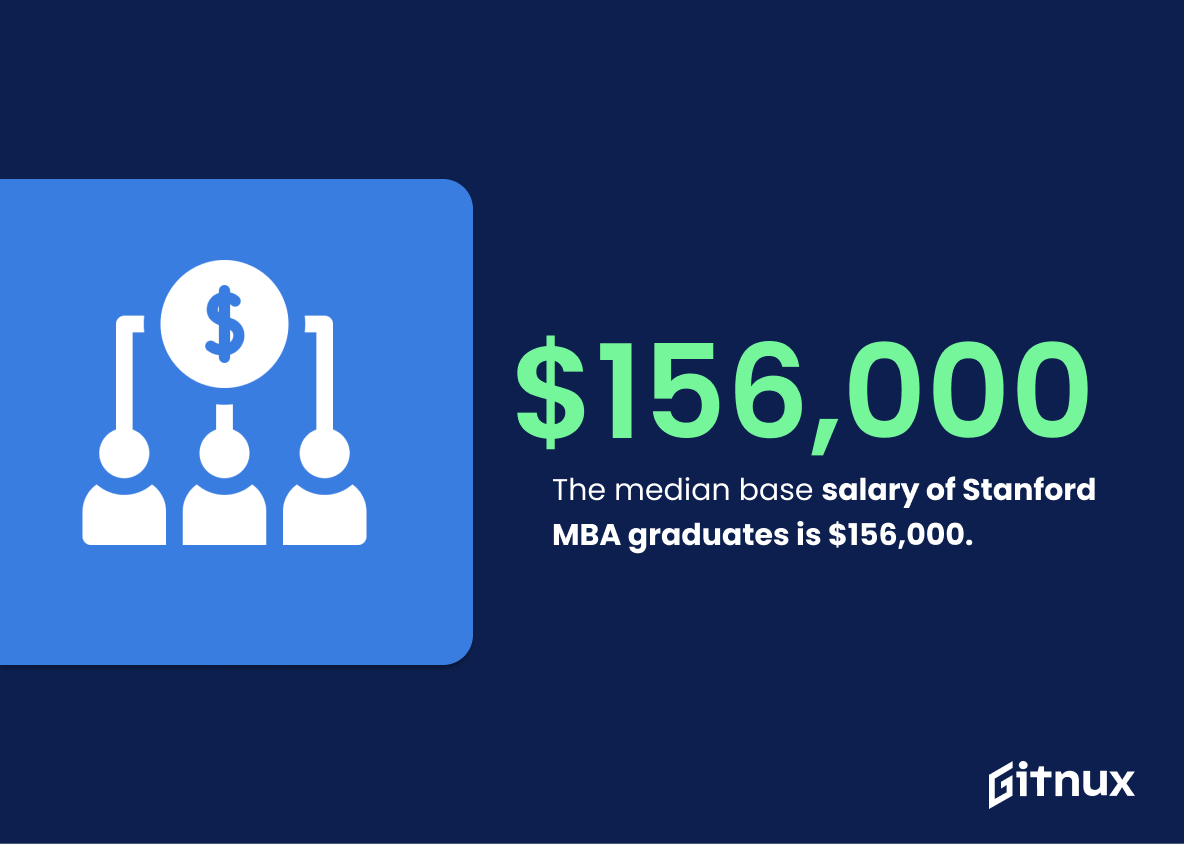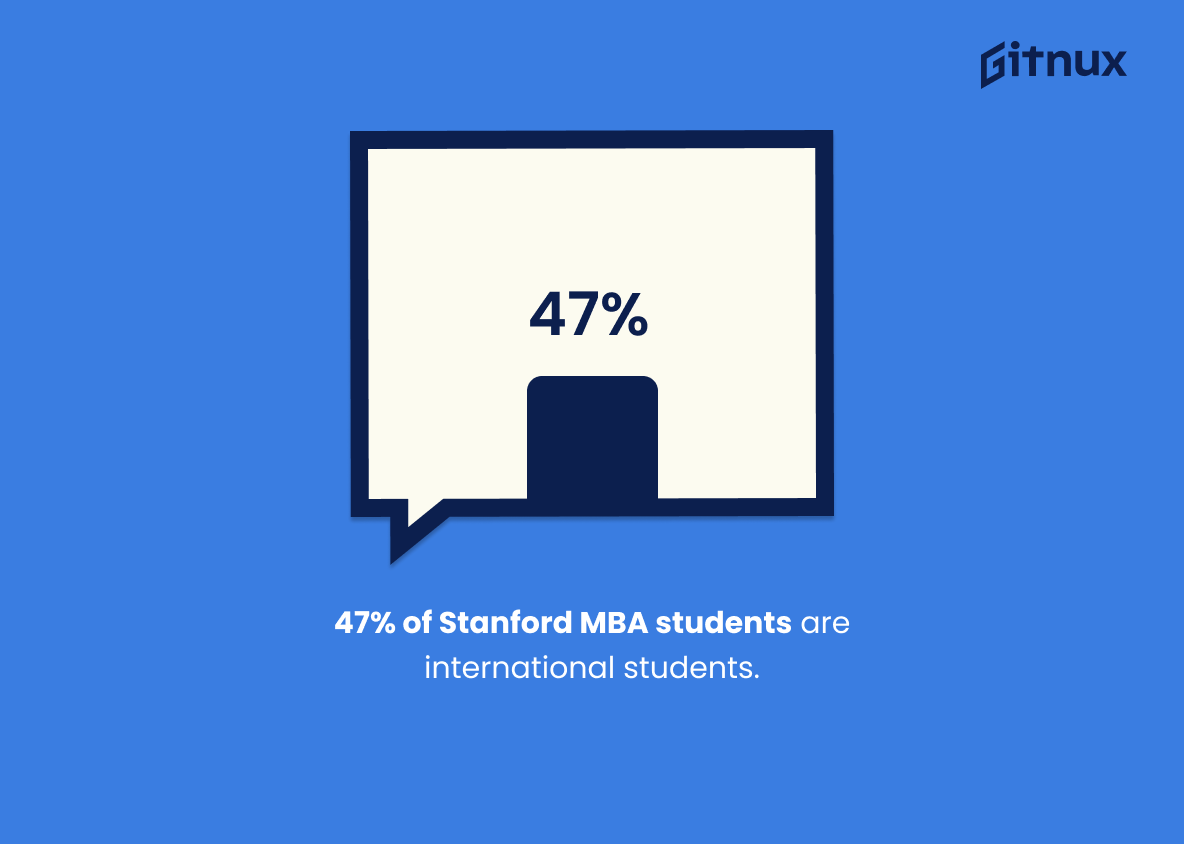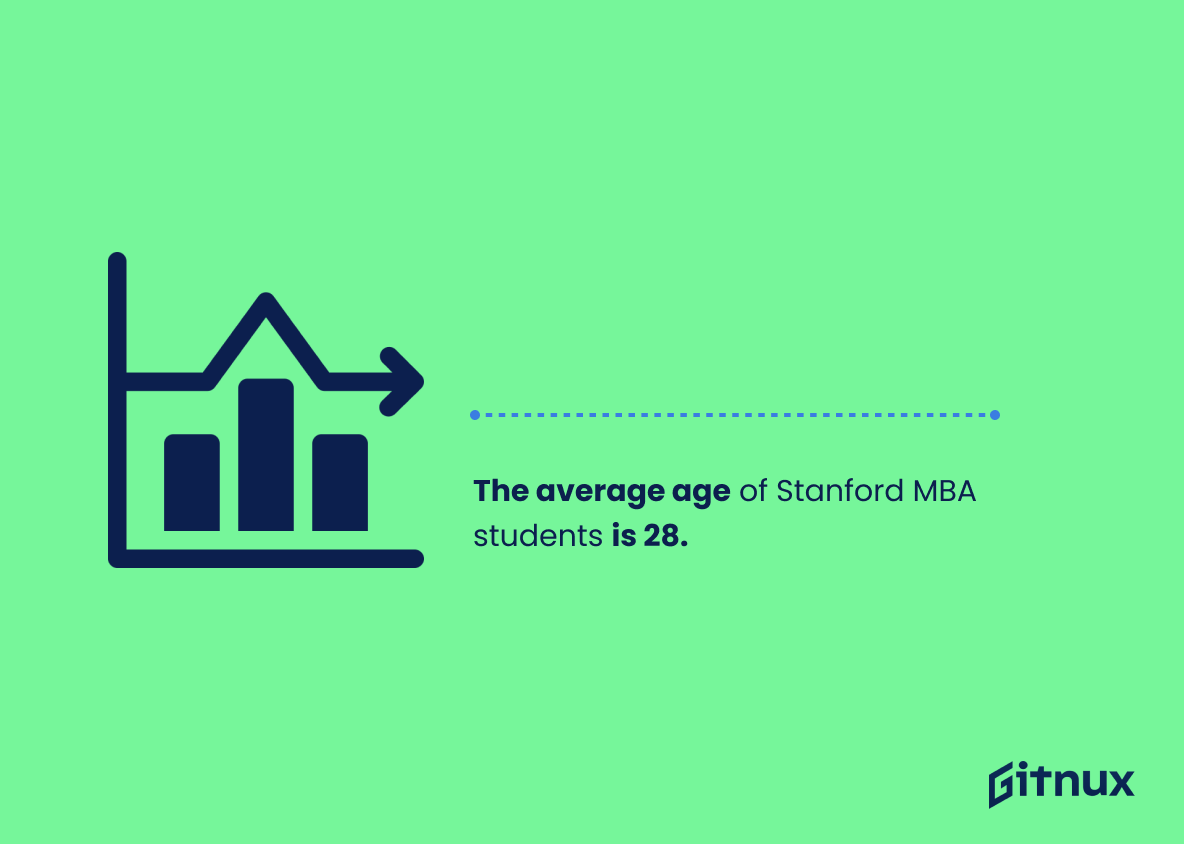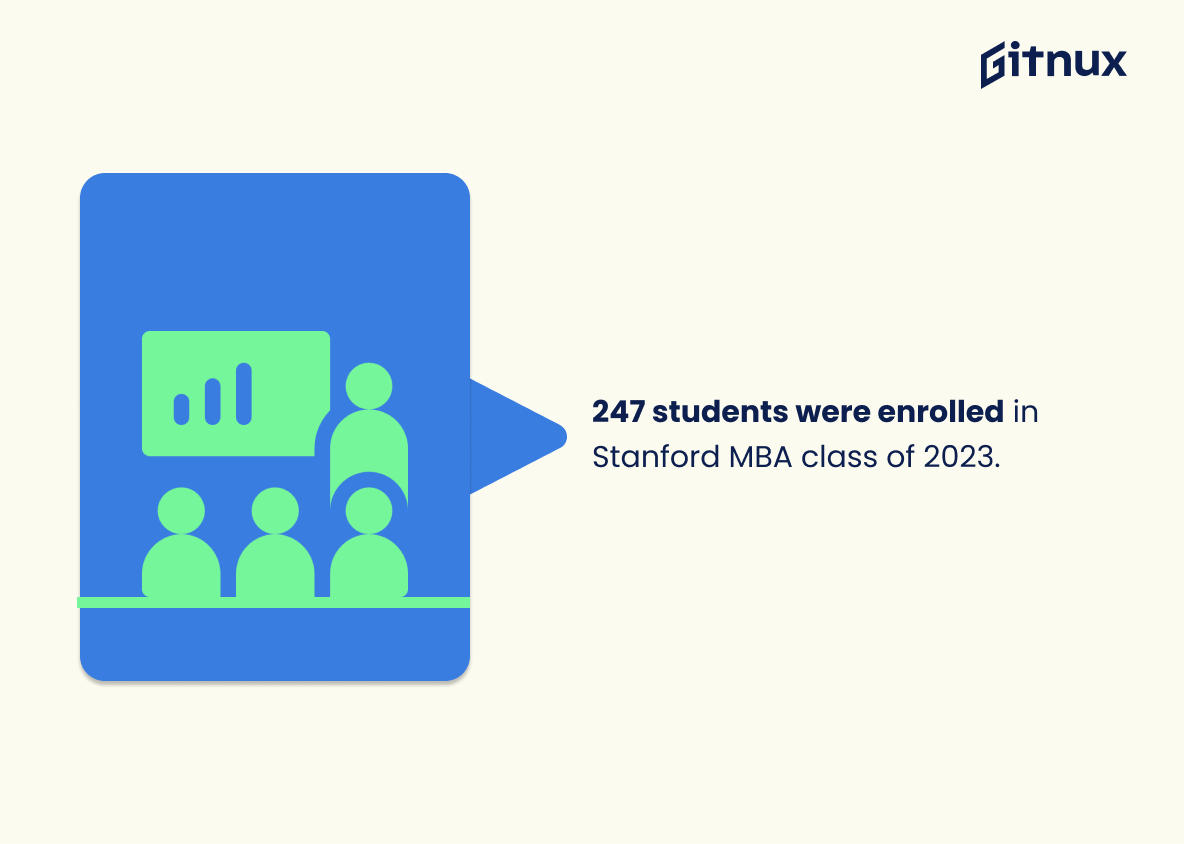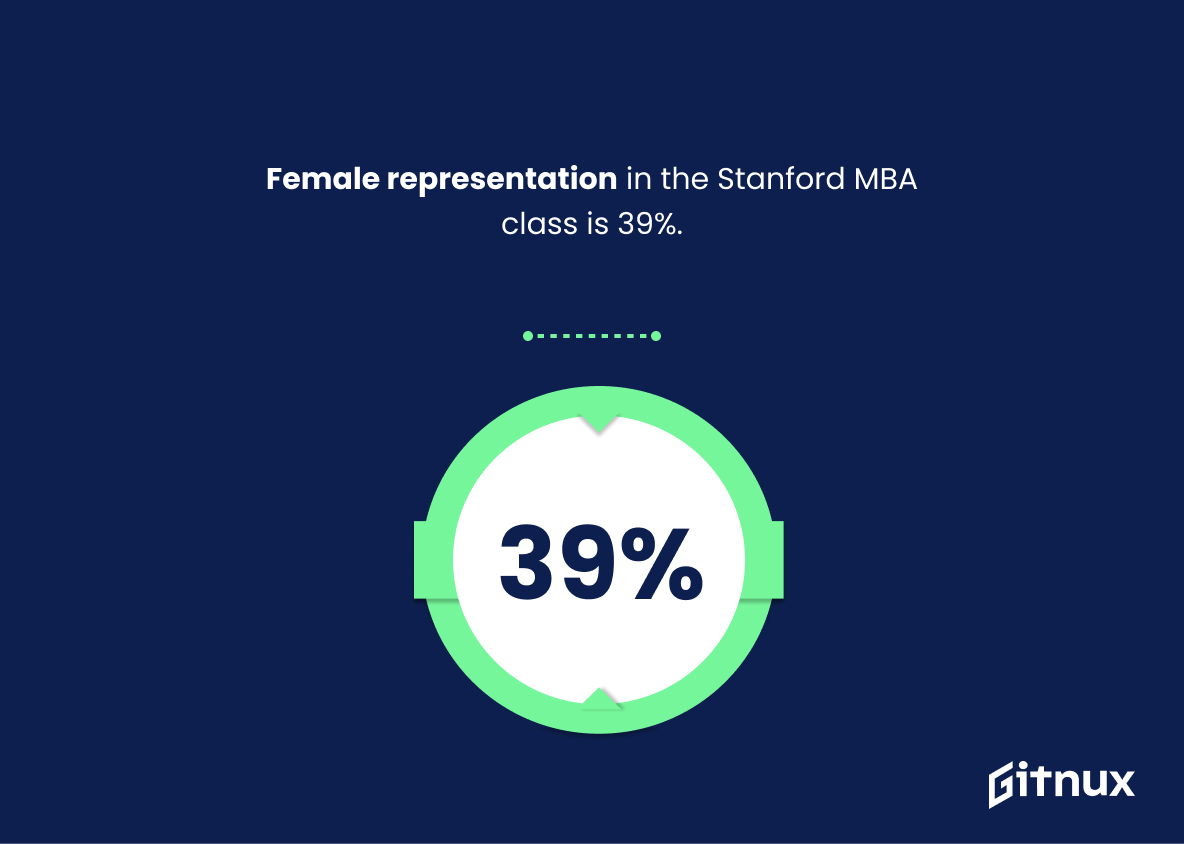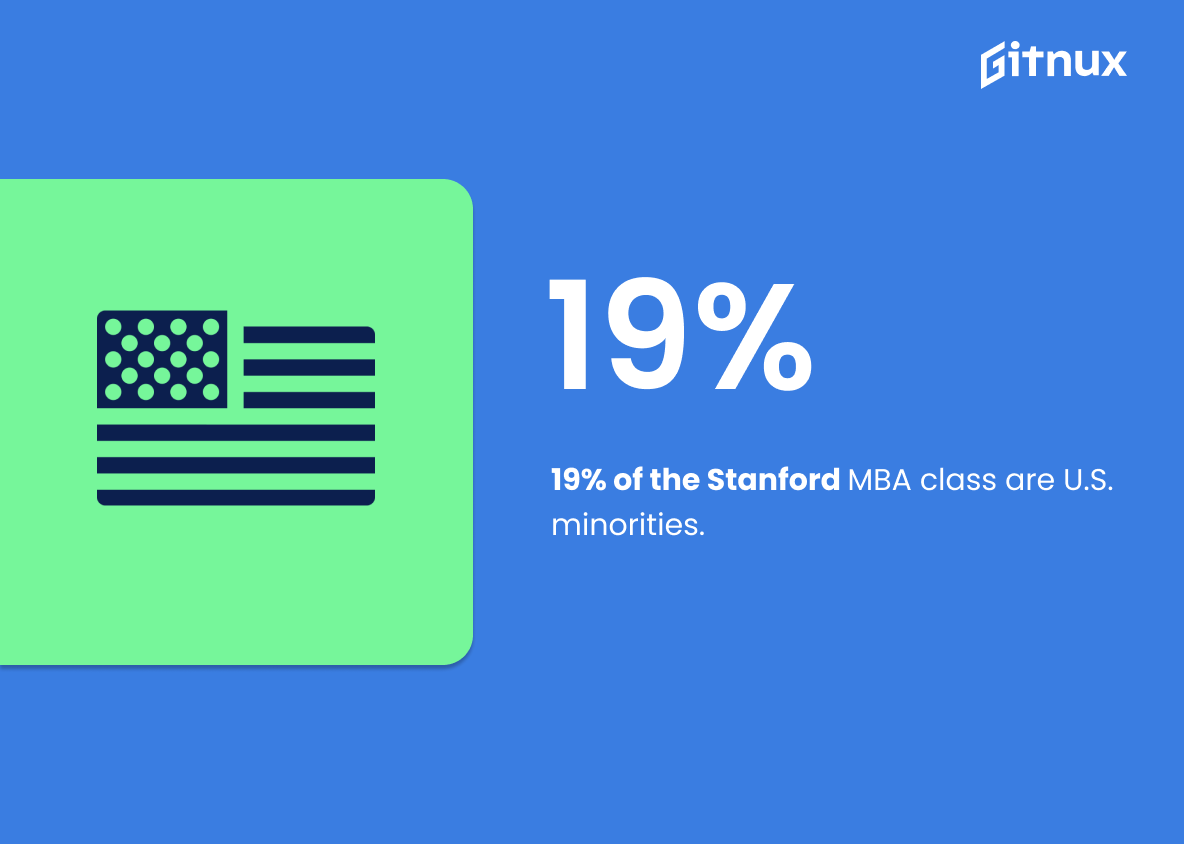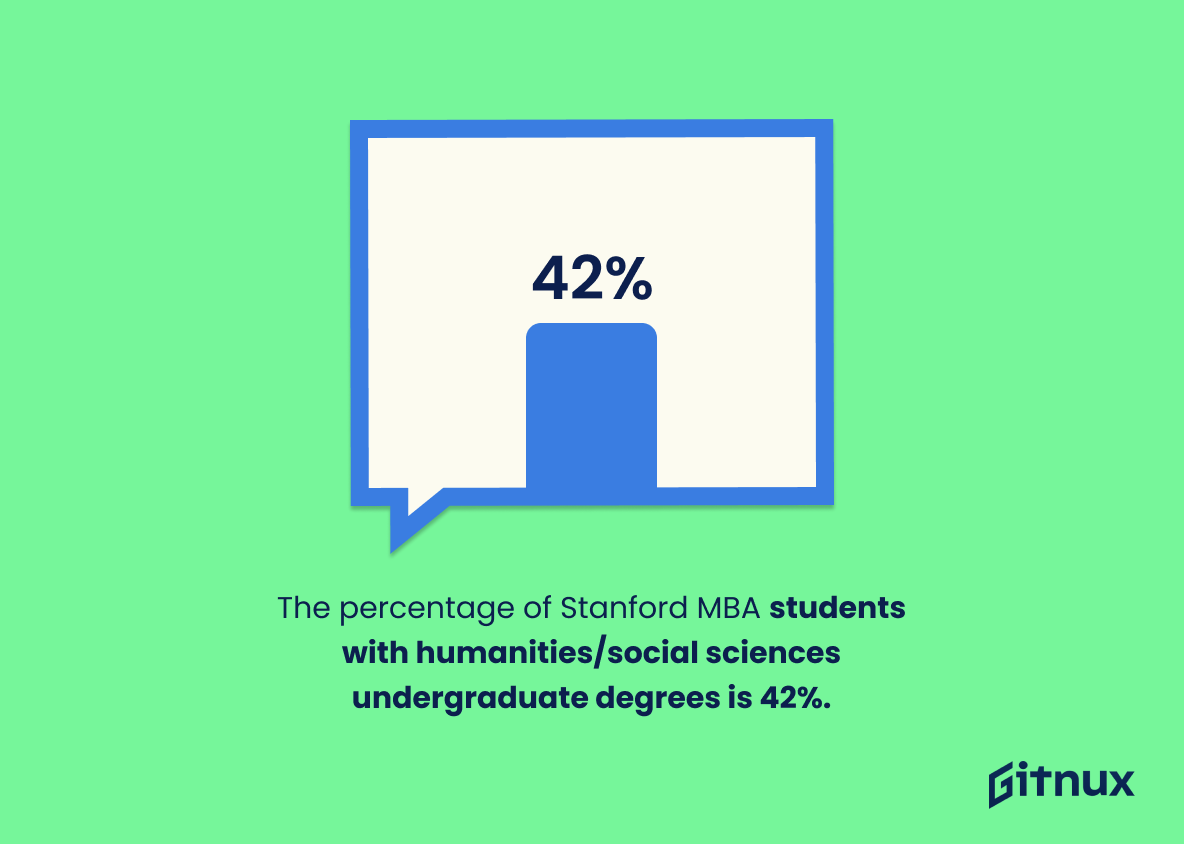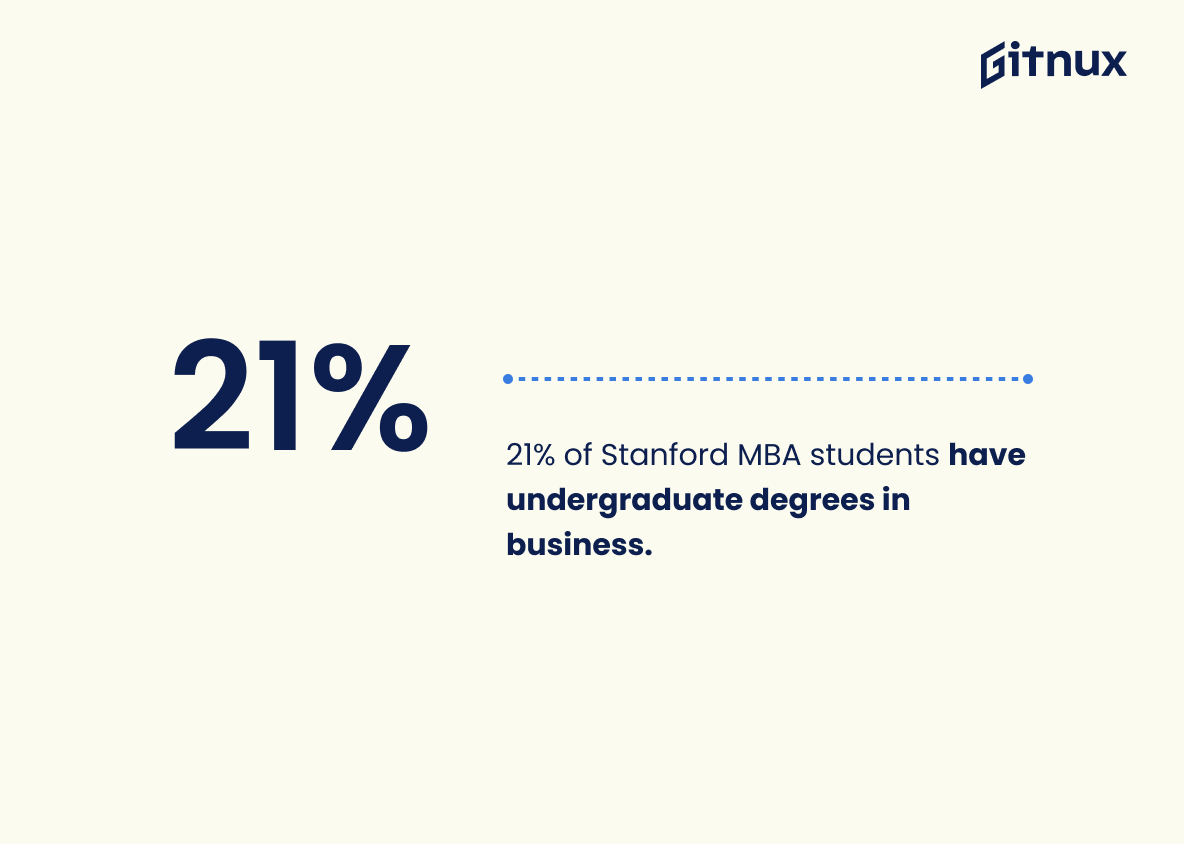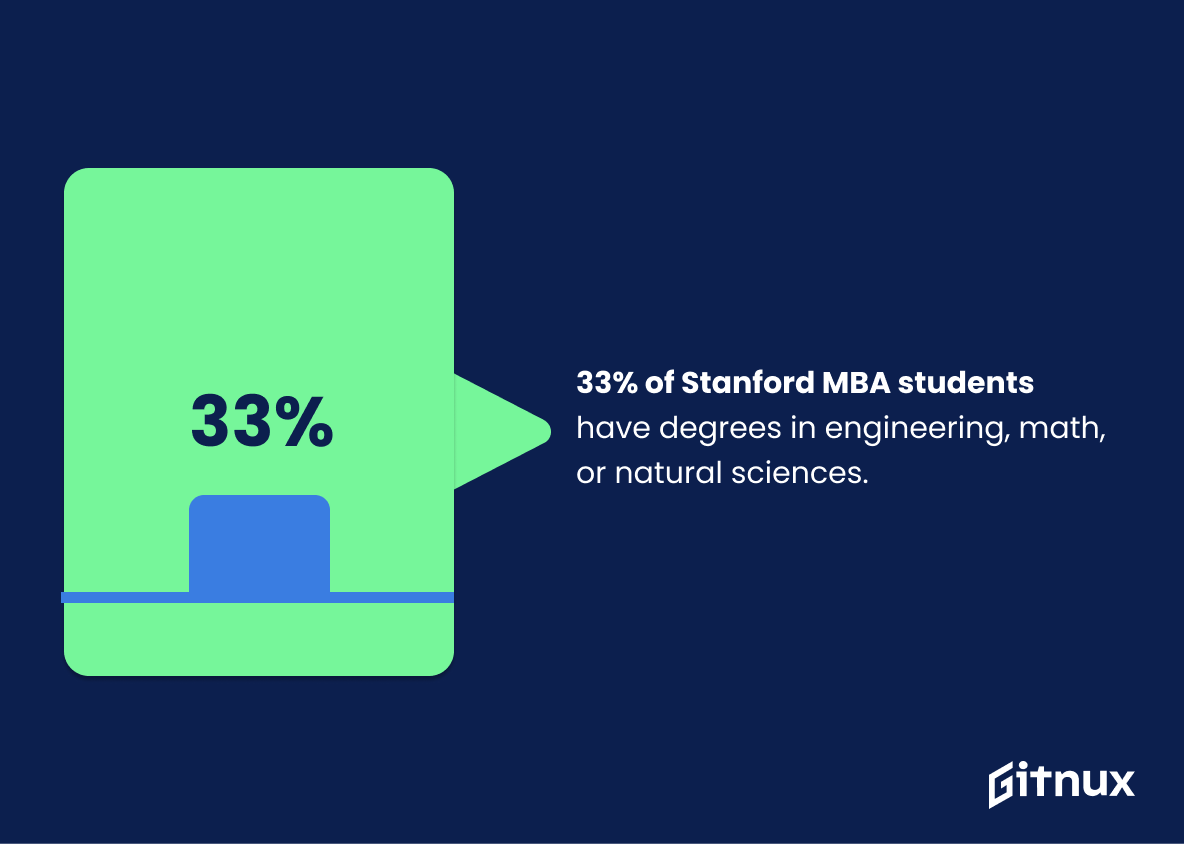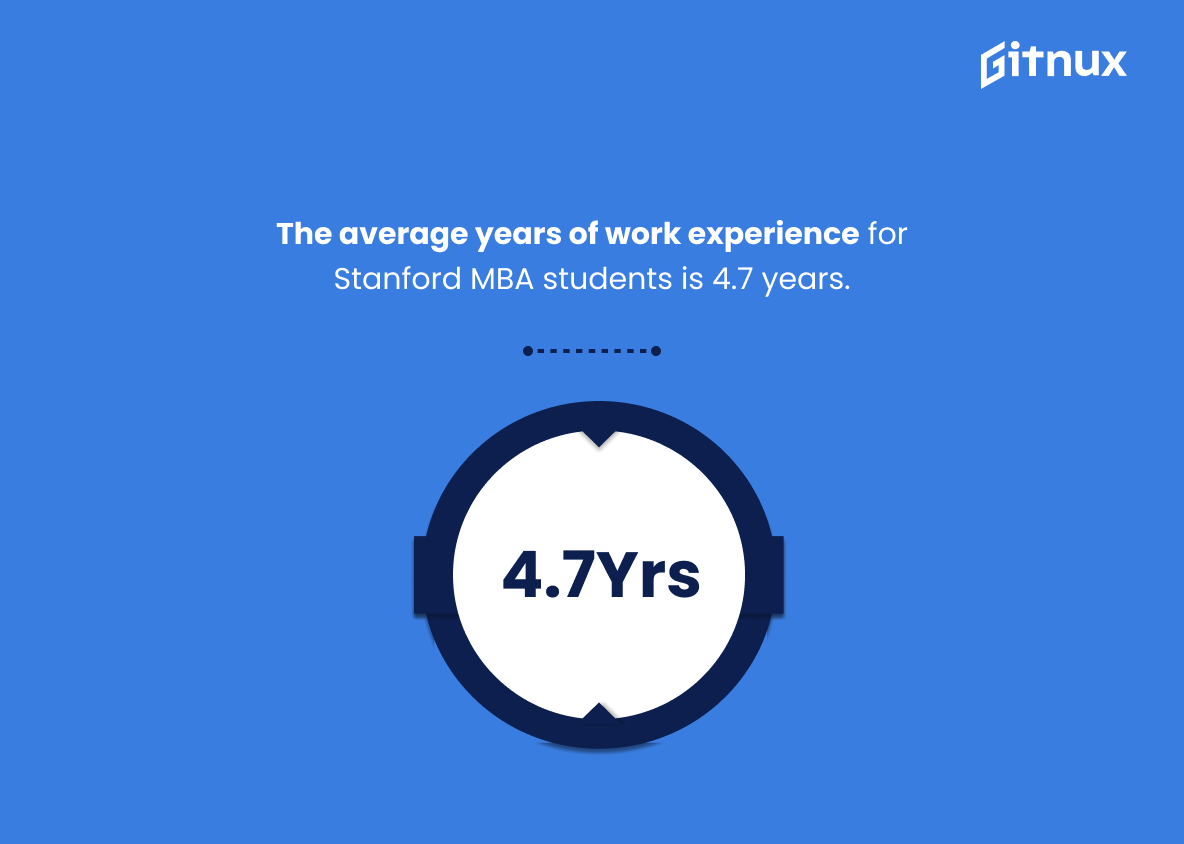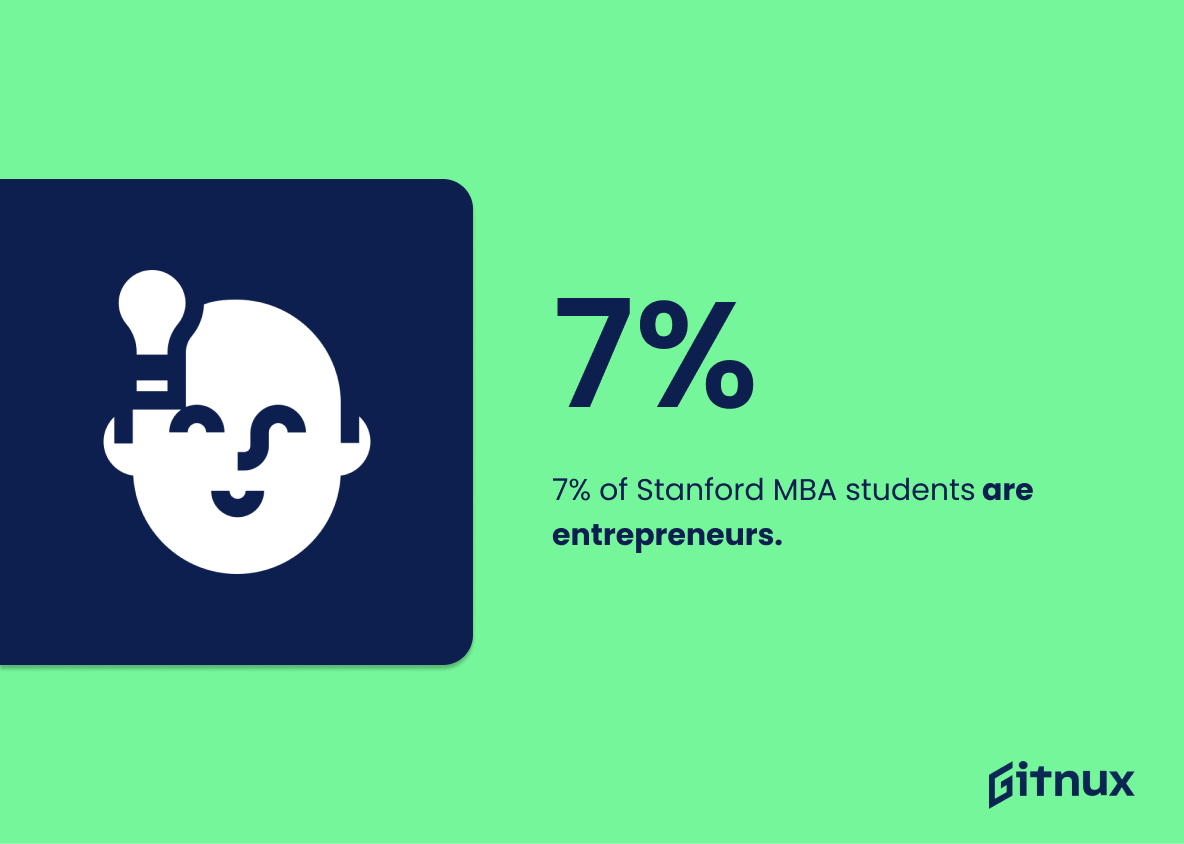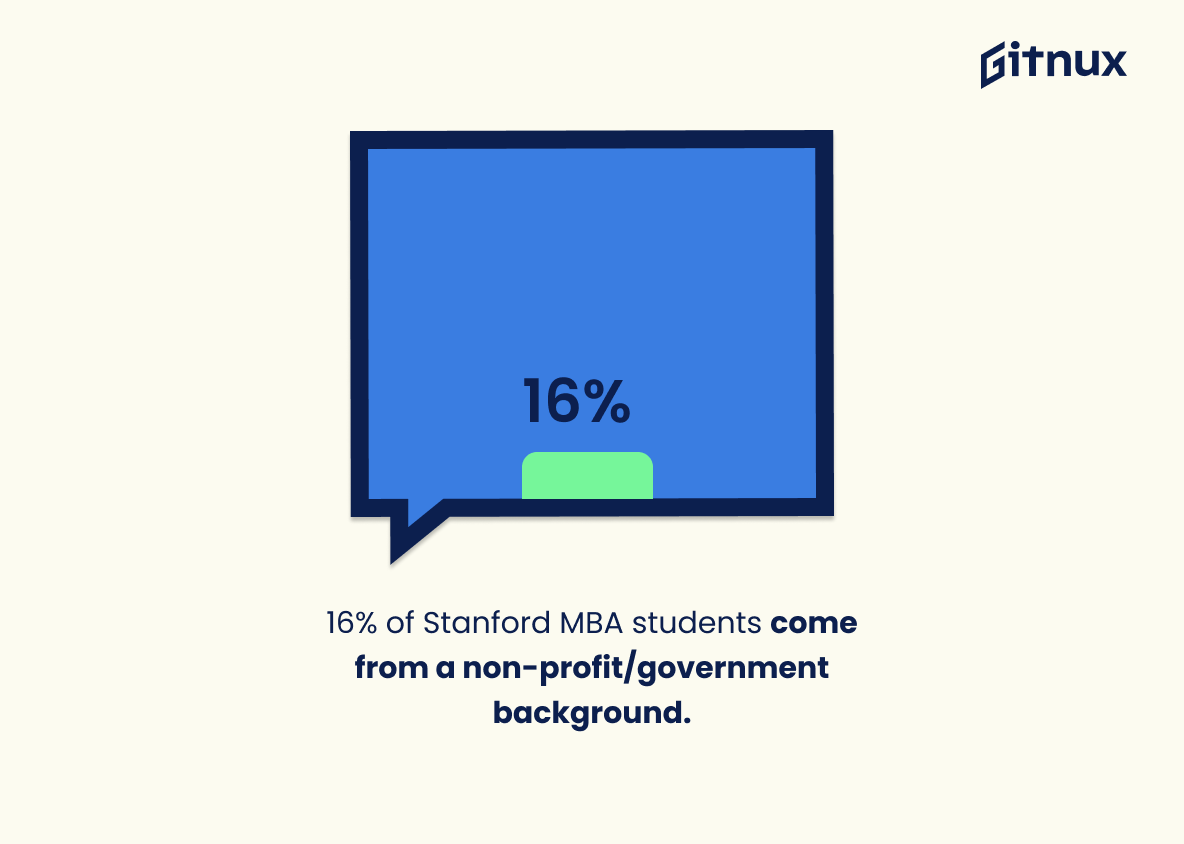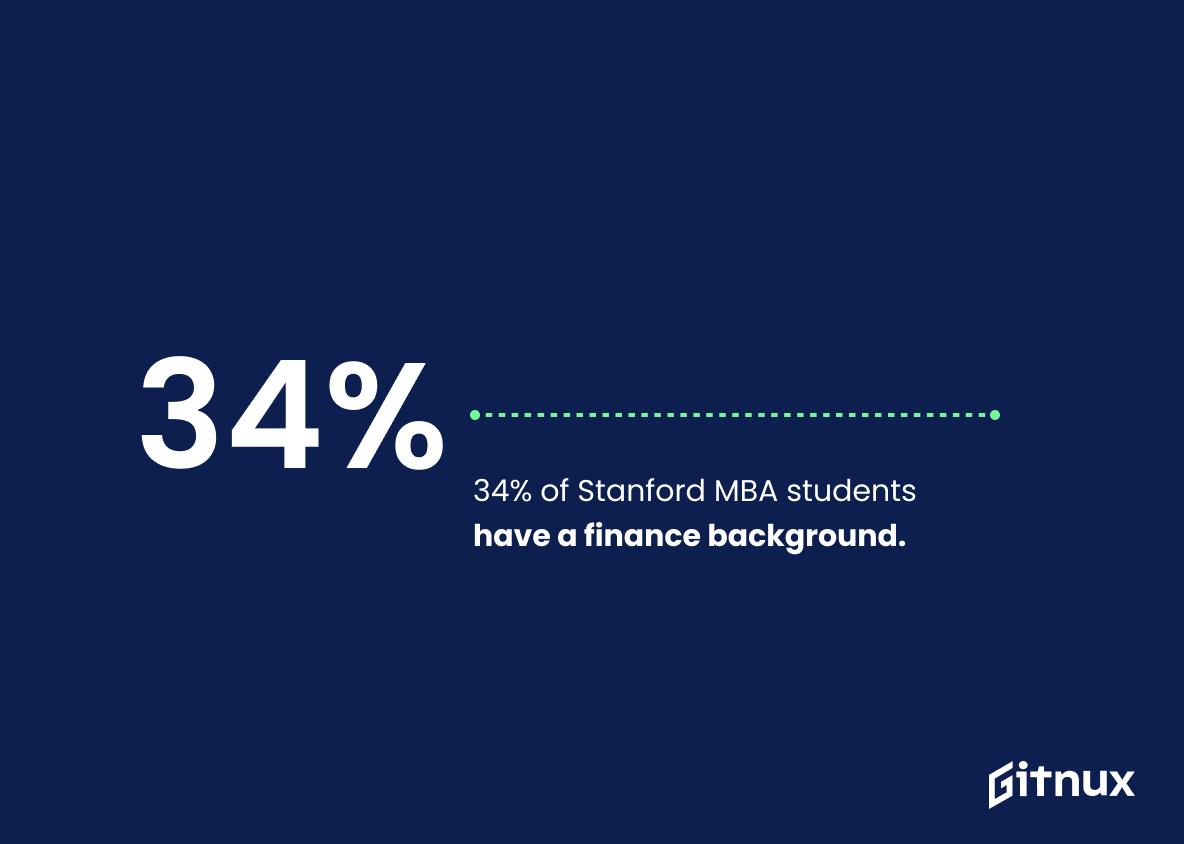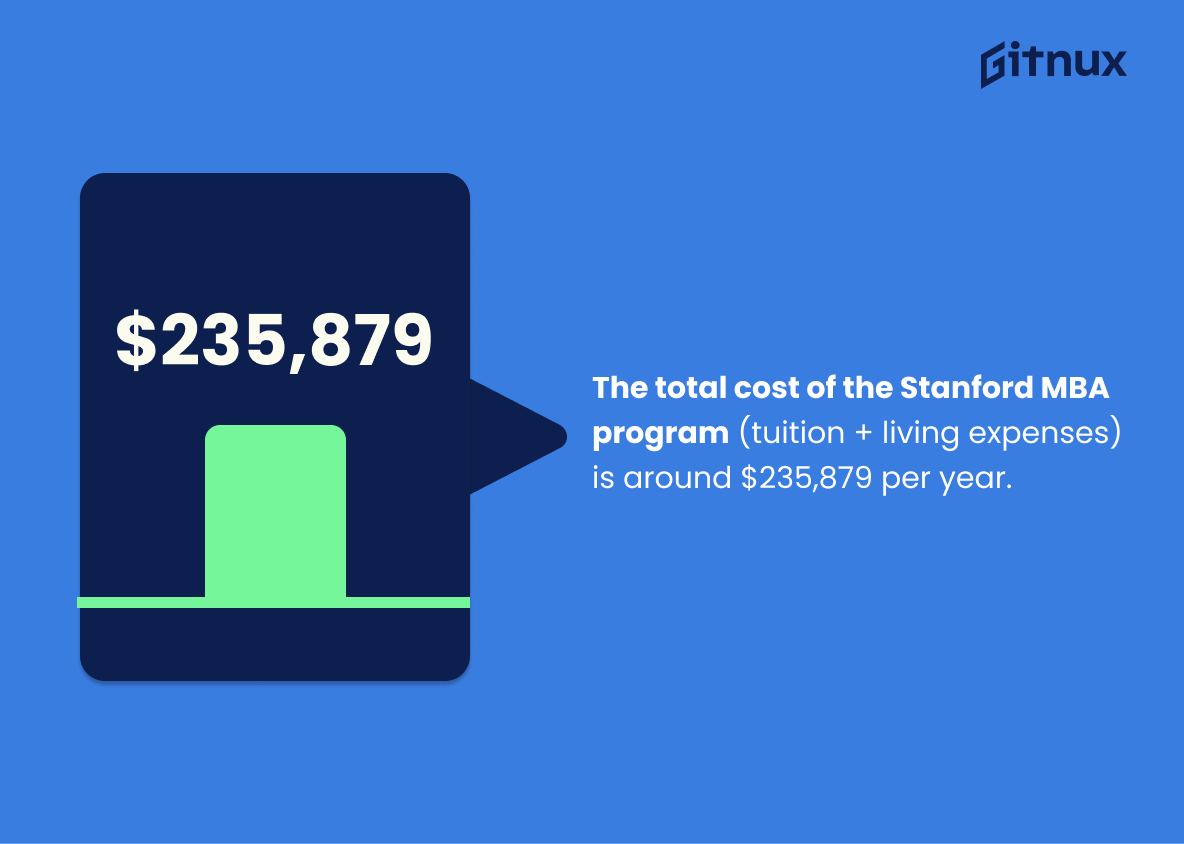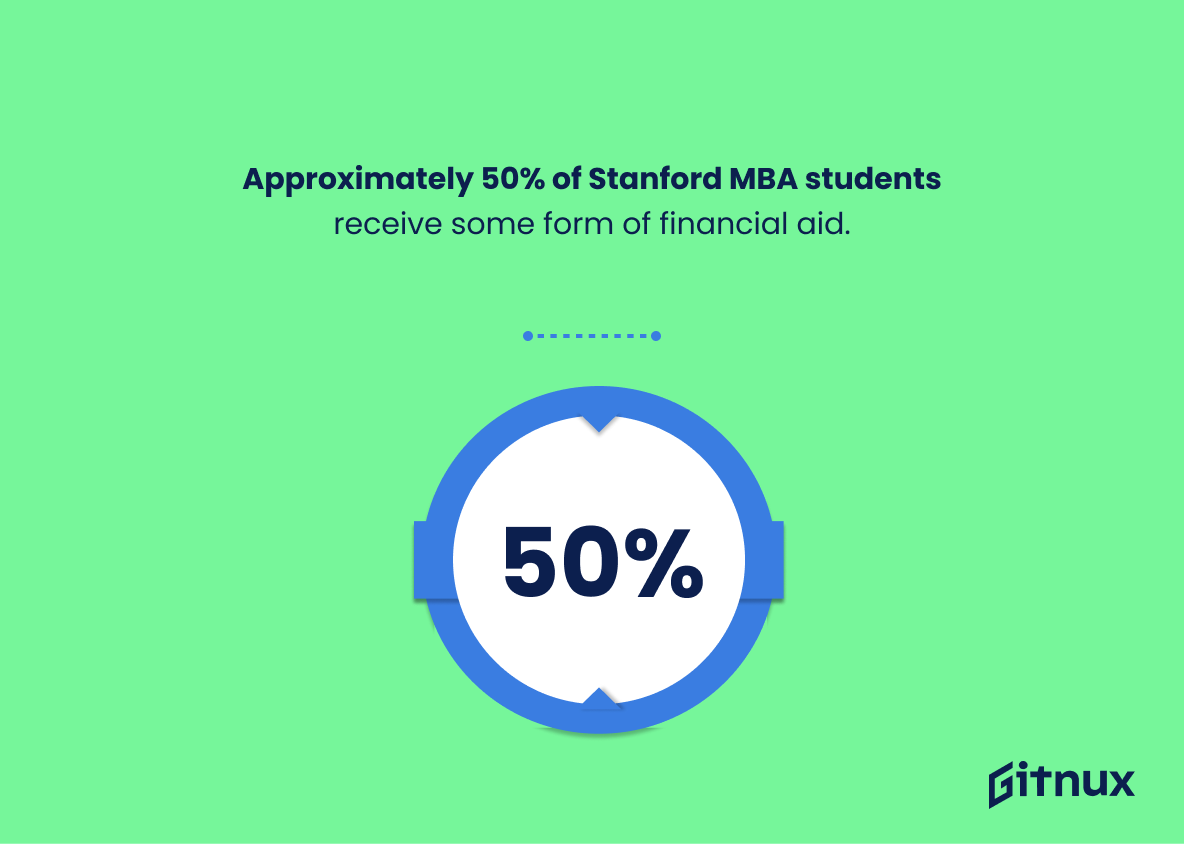Are you considering applying to the Stanford MBA program? If so, it’s important to understand what kind of students are accepted and how much they can expect to pay. In this blog post, we’ll take a look at some key statistics about Stanford MBA admissions that will help you make an informed decision. We’ll cover topics such as average GMAT scores, acceptance rates, median base salaries for graduates, international student representation in the class profile, age demographics of incoming classes and more. Additionally we’ll discuss financial aid options available for admitted students including scholarship amounts and deadlines for Round 1 applications. Read on to learn more.
The average GMAT score of 733 for Stanford MBA class is a testament to the caliber of students that the university attracts. It is a reflection of the rigorous admissions process that Stanford has in place, ensuring that only the most qualified applicants are accepted into the program. This statistic is a clear indication of the high academic standards that Stanford upholds, making it a top choice for MBA hopefuls.
The acceptance rate for Stanford MBA is 6.1%.
This statistic is a crucial indicator of the competitiveness of Stanford MBA admissions. It reveals that only a small fraction of applicants are accepted, making it clear that the program is highly selective and that applicants must demonstrate exceptional qualifications to be accepted.
Stanford Mba Admissions Statistics Overview
The median base salary of Stanford MBA graduates is $156,000.
This statistic is a powerful indicator of the potential financial success that Stanford MBA graduates can expect to achieve. It speaks to the quality of the education and the opportunities available to those who attend the program, and serves as a testament to the value of a Stanford MBA.
47% of Stanford MBA students are international students.
This statistic is a testament to the global reach of Stanford’s MBA program, showcasing the university’s ability to attract students from all over the world. It speaks to the quality of the program and the caliber of the students it attracts, as well as the diversity of perspectives and experiences that come with having a student body from different countries. This statistic is an important part of the overall picture of Stanford MBA Admissions Statistics, and provides valuable insight into the program’s success.
The average age of Stanford MBA students is 28.
This statistic is a key indicator of the level of experience and maturity that Stanford MBA students bring to the program. It speaks to the quality of the student body and the potential for students to contribute to the learning environment. It also provides insight into the average age of applicants and the likelihood of acceptance for those who are older or younger than the average.
247 students were enrolled in Stanford MBA class of 2023.
This statistic is a testament to the success of Stanford MBA’s admissions process, as it shows that 247 students were able to successfully navigate the rigorous application process and gain admission to the prestigious program. It is a reflection of the quality of the program and the caliber of the students who are accepted into it.
Female representation in the Stanford MBA class is 39%.
The fact that female representation in the Stanford MBA class is 39% is indicative of the progress that has been made in terms of gender equality in the business world. It shows that Stanford is committed to creating an environment that is inclusive and welcoming to all genders, and that the school is actively working to ensure that women are given the same opportunities as men. This statistic is a testament to the strides that have been made in the field of business education, and it is an encouraging sign for the future of gender equality in the workplace.
19% of the Stanford MBA class are U.S. minorities.
This statistic is significant in the context of Stanford MBA Admissions Statistics because it demonstrates the university’s commitment to diversity and inclusion. It shows that Stanford is actively working to create a student body that is representative of the population at large, and that it is making progress towards achieving this goal. This statistic is a testament to the university’s dedication to creating an environment where all students can thrive.
The percentage of students with undergraduate degrees in humanities/social sciences is 42% for the Stanford MBA class.
This statistic is indicative of the diversity of the Stanford MBA class, demonstrating that the program is open to students from a variety of educational backgrounds. It shows that the program is not just focused on those with a business-related undergraduate degree, but also welcomes those with a humanities or social sciences background. This speaks to the program’s commitment to creating a well-rounded student body, and provides a glimpse into the unique perspectives and experiences that the Stanford MBA class has to offer.
21% of Stanford MBA students have undergraduate degrees in business.
This statistic is indicative of the fact that Stanford MBA students come from a variety of educational backgrounds, with a significant portion having already obtained an undergraduate degree in business. This speaks to the quality of the program, as it suggests that the program is attractive to those who have already had some exposure to the field. It also implies that the program is rigorous enough to challenge even those who have already had some experience in the business world.
33% of Stanford MBA students have degrees in engineering, math, or natural sciences.
This statistic is indicative of the caliber of students that Stanford MBA programs attract. It demonstrates that the majority of students enrolled in the program have a strong background in engineering, math, or natural sciences, which speaks to the quality of the program and the level of academic excellence it upholds.
The average years of work experience for Stanford MBA students is 4.7 years.
This statistic is a key indicator of the caliber of students that Stanford MBA attracts. It shows that the program is able to draw in experienced professionals who have already had a few years of work experience and are looking to further their career. This speaks to the quality of the program and the value it provides to its students.
7% of Stanford MBA students are entrepreneurs.
This statistic is a testament to the entrepreneurial spirit that is alive and well at Stanford MBA. It speaks to the innovative and ambitious mindset of the students, and the opportunities available to them to pursue their own business ventures. It is a reflection of the culture of the school, and a reminder of the potential for success that awaits those who choose to attend.
16% of Stanford MBA students come from a non-profit/government background.
This statistic is indicative of the diversity of the Stanford MBA student body, demonstrating that the program is open to students from a variety of backgrounds. It also speaks to the quality of the program, as it suggests that the admissions committee is looking for students with a range of experiences and perspectives. This could be beneficial to students, as it could provide a more well-rounded learning environment.
34% of Stanford MBA students have a finance background.
This statistic is significant in the context of Stanford MBA Admissions Statistics because it provides insight into the type of student that the program attracts. It suggests that the majority of students accepted into the program have a finance background, which could be indicative of the program’s focus on finance-related topics. Additionally, it could be used to inform prospective students of the type of background they should have in order to be competitive in the admissions process.
The total cost of the Stanford MBA program (tuition + living expenses) is around $235,879 per year.
This statistic is a crucial piece of information for anyone considering applying to the Stanford MBA program. It provides a clear indication of the financial commitment required to pursue the degree, and can help prospective students make an informed decision about whether the program is the right fit for them.
Approximately 50% of Stanford MBA students receive some form of financial aid.
This statistic is a testament to the fact that Stanford MBA is committed to providing financial aid to its students, making it an accessible option for those who may not have the means to pursue a degree otherwise. It speaks to the university’s dedication to providing a quality education to all, regardless of their financial background.
The average scholarship amount awarded to Stanford MBA students is $38,000.
This statistic is a key indicator of the financial support available to Stanford MBA students, providing insight into the cost of attending the program. It is an important factor for prospective students to consider when evaluating the overall value of the program and their ability to finance their education.
The percentage of Stanford MBA graduates working in the technology industry is around 37%.
This statistic is a telling indication of the impact that a Stanford MBA can have on a career in the technology industry. It speaks to the quality of the education and the opportunities available to graduates of the program, and serves as a powerful testament to the value of a Stanford MBA.
The deadline for Round 1 Stanford MBA applications is September 9, 2021.
This statistic is a crucial piece of information for anyone considering applying to Stanford MBA, as it serves as a reminder of the looming deadline. Knowing the deadline is essential for any prospective applicant to plan ahead and ensure they have enough time to prepare a strong application. It also serves as a reminder of the importance of staying organized and on top of the application process.
Conclusion
The Stanford MBA program is one of the most competitive and sought-after programs in the world. With an average GMAT score of 733, a 6.1% acceptance rate, and median base salary for graduates at $156,000, it’s no wonder why so many people strive to be part of this prestigious institution. The class profile also reveals that 47% are international students with an average age of 28 years old; 39% female representation; 19% U.S minorities; 42%, 21%, 33%, respectively from humanities/social sciences backgrounds, business degrees or engineering/maths/natural science degrees; 4.7 years work experience on average with 7% entrepreneurs and 16 % non-profit backgrounders as well as 34 % finance professionals among them all enrolled in 247 students strong cohort for 2023 intake year . Furthermore ,the total cost including tuition fees plus living expenses amounts to around $235 879 per annum while approximately 50 percent receive some form financial aid averaging out at 38 000 dollars each . Finally 37 percent find employment within technology industry after graduation which has its deadline set up by September 9 2021 . All these facts make clear why Stanford MBA stands out amongst other graduate schools worldwide offering unparalleled opportunities both academically and professionally speaking
References
0. – https://www.www.gsb.stanford.edu
1. – https://www.www.prepscholar.com
2. – https://www.www.clearadmit.com
